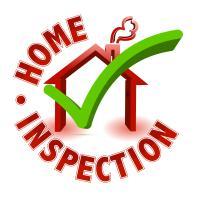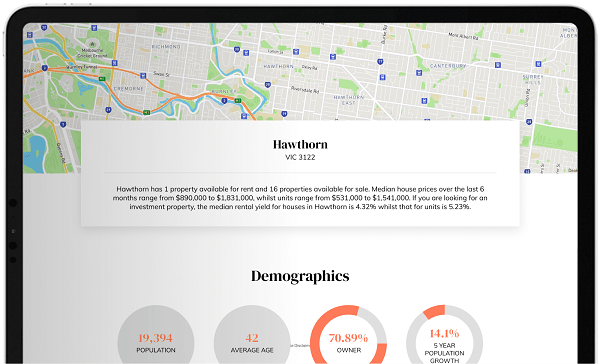How to Inspect a Home DIY
Do your own home inspection
Buying a home will be most peoples biggest financial commitment of their lives. It is not uncommon for most home buyers to walk through a property and decide whether to purchase or not. This initial eyeball test usually lasts about 10 minutes. When making such a huge decision most of us are guided by our emotions. We either like something or we don’t. Generally, when a house is for sale it will be presented at its best.
If your initial reaction to the property is positive then take some extra time to inspect the property. It is called an “Open Inspection” for a reason. The vendor is inviting you to inspect the property. Look for the negatives that could add costs after the purchase. Perhaps you could take a friend or colleague with you to the inspection and they can offer an unbiased opinion.
Divide your Inspection into 3 parts
- The inside
- The outside
- The surrounding properties
1. The inside of the home checklist –
Water pressure – Check the pressure from every tap. Note the colour of the water and how quickly it drains. Look for leaks in the cupboards that house all the taps.
Walls and doors – Are there any cracks in the walls. Is every door opening as it was designed? This can demonstrate signs that the foundations of the home have shifted.
Windows – Check each window is fixed and opens. If they are metal then look for rust. If they are wooded then check for rot. Do the windows stick when you try to open them. Make sure all opening windows have fly screens.
Dampness – Look for blistering paint or watermarks. See if sections of the paint are inconsistent.
Mould – This is usually found in the bathroom. Look to see if there is any form of ventilation. Mould is a fungus and can produce bacteria.
Hot water – Ask how old is the hot water system is. Check it for leaks and rust.
Insulation – Peer through the manhole to see if the home is adequately insulated. Ask the agent if the walls are insulted.
Air conditioning and heating – Turn them on to see if they function. It is that simple.
Floor coverings – Check the carpets to see if they need replacing. If there are mats then lift them to see what is underneath.

2. The outside of the home checklist –
Layout – Which rooms face the sun during its peak?
Gutters – Are their signs of leaks and rust. Is there any overflow pipes and are nearby tree leaves clogging up the flow.
Roof – Is the roof sagging. Are the tiles showing signs of cracking and lining up consistently? This can reveal evidence the foundations have fallen.
Termites – Look for mud pile build up. See if there has been a series of small holes drilled into any concrete that adjoins the house.
Garage door – See if it opens and closes
3. Surrounding land and structures checklist
Fencing – Are the fences leaning or sagging. Do all the gates open and close properly.
Garden – Are there watering taps. Is the garden well maintained?
Trees – How old are the trees and do they pose a threat if they fall. Are their roots creeping into the foundations of the home? Are your neighbour’s trees encroaching on your property?
Your privacy – Do your neighbours have a vision of your home. If so, can you address this.
External buildings – If the home has a pergola or a shed check to see if it needs repairs.
Draining – Look for muddy areas on the property.
Keep a list of all your findings. Then research on what the cost may be to replace or fix any issues. If you feel comfortable then engage the services of a qualified inspector.


